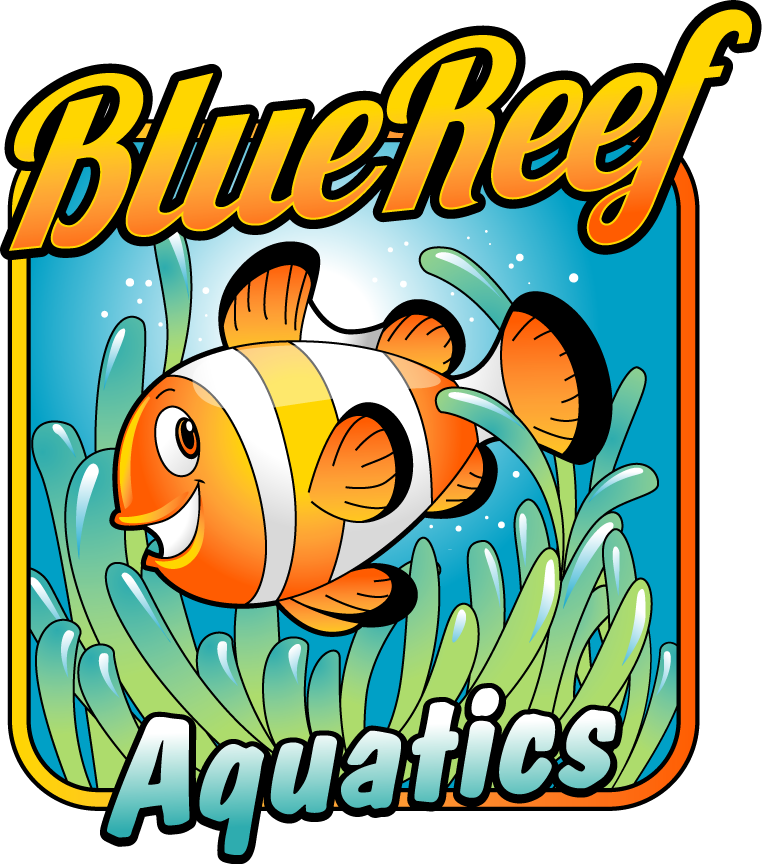HOW HARD IS IT TO KEEP A SALTWATER TANK? We hear this question daily, from just about everyone who walks through our door and sees how beautiful a properly set up marine tank can be. The answer is simple: with the right combination of basic knowledge and quality equipment, anyone can have a successful saltwater aquarium. From a beginner’s basic tank with just a few clownfish to the most advanced high-end custom reef aquarium with dozens of live corals, all successful marine aquariums share many of the same principles.
1. Find a suitable area within your home to place your new reef tank.
Consider the following:
Is your aquarium stand and floor able to withstand the weight of your reef ( approx. 10lbs per gallon)?
Ambient sunlight can fuel algae growth. Reefs by windows need more regular glass cleaning.
Direct sunlight will cause temperature fluctuations and must be avoided.
Be sure aquarium and stand are level.
2. Fill with water.
Rinse aquarium with fresh water (tap water is fine).
Fill with purified, reverse-osmosis/ deionized water.
3. Plug in equipment and be sure electrical wiring has proper drip loops and GFCI power bars to help prevent shock, fire etc.
Bring water temperature to 78 degrees Fahrenheit.
4. Add salt
Add salt mix and bring to a specific gravity of 1.025 SG
Note: You may purchase pre-made saltwater by the gallon at our store!
5. Add sand and rock
Add aragonite sand to approximately one inch in depth.
Add live rock. Do not add too much live rock as to obstruct water flow. Consider having a suitable base for corals, hiding spots for fish and surface area for beneficial bacterial growth.
Start with approximately one pound of rock per gallon.
6. Allow for nitrogen cycling period ( 1 to 3 weeks)
Lighting period should be minimized to reduce algae growth during this period.
Testing of Nitrite and Ammonia levels will dictate when first livestock can be added.
When Nitrite and Ammonia levels are zero, basic invertebrates including snails and hermit crabs can be added. (Consult Blue Reef staff for suggestion on appropriate livestock additions to your system. Take the time to research livestock; this will safe guard you against potential livestock loss.
Adding livestock too fast, especially fish can lead to a “crash” and loss known as “New Tank Syndrome”. Consult our staff for advice on livestock additions.
Patience is rewarded; take pride in the construction and growth or your reef environment.
Lighting should be on between 8-10 hours per day to support photosynthetic corals. Moonlights can be used to view the tank after “daylight” hours.
Husbandry and Maintenance
1. Observe daily the health and behaviors of your livestock. Make sure the fish are eating and not being overfed. Monitor fish and coral aggression.
2. Glance to see if equipment is functioning properly, and water temperature is correct.
3. Clean glass as needed.
4. Establish a routine of testing water parameters. This will allow you to address any issues that may arise in the future by identifying patterns. Patterns including the build up of wastes and the consumption of minerals and elements.
Every other week, test the following:
- Alkalinity
- Calcium
- Specific Gravity (salinity)
- pH
- Ammonia
- Nitrite
- Nitrate
- Phosphate
- Magnesium
Note: Blue Reef Aquatics provides a free basic water testing service for our customers!
5. Bi-weekly water changes are a key to success. Elements will be restored to your systems and nutrients will be reduced. Mix new water overnight and be sure to match the temperature and salinity of your aquarium. 15% water changes bi-weekly will keep things healthy.
6. Dose appropriate additives based on the needs of your system including Calcium, Alkalinity, Magnesium, Coral vite, coral foods.
7. Replace filter media as needed including Activated Carbon and phosphate reduction media (GFO).
8. Inspect and clean algae and other deposits as necessary to increase life span of water pumps.
9. Depending on lighting fixture, bulbs may need to replace on an annual or bi-annual
